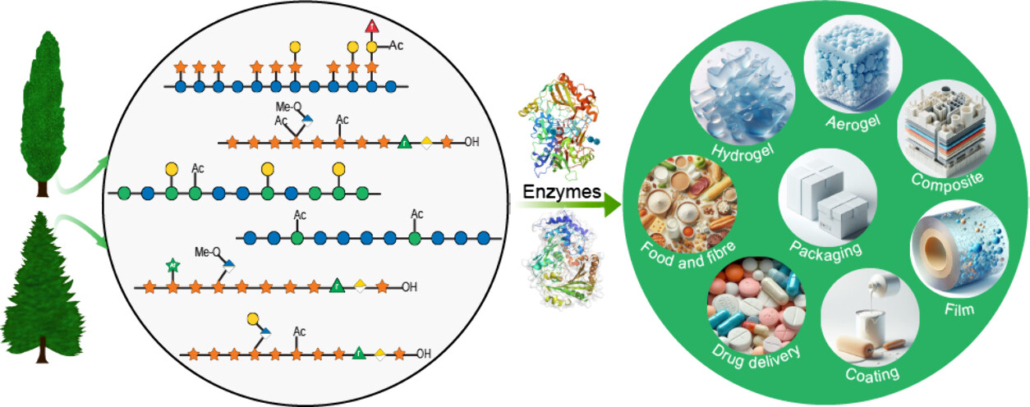
Perspective: Enzymatic routes to designer hemicelluloses for use in biobased materials
Plant Science Research WeeklyThis article poses the interesting question of whether we can use our knowledge of plant cell wall-modifying, carbohydrate-active enzymes to produce biobased materials. Specifically, the authors point out that much of the hemicellulose contained in agricultural and wood fiber could provide a starting…
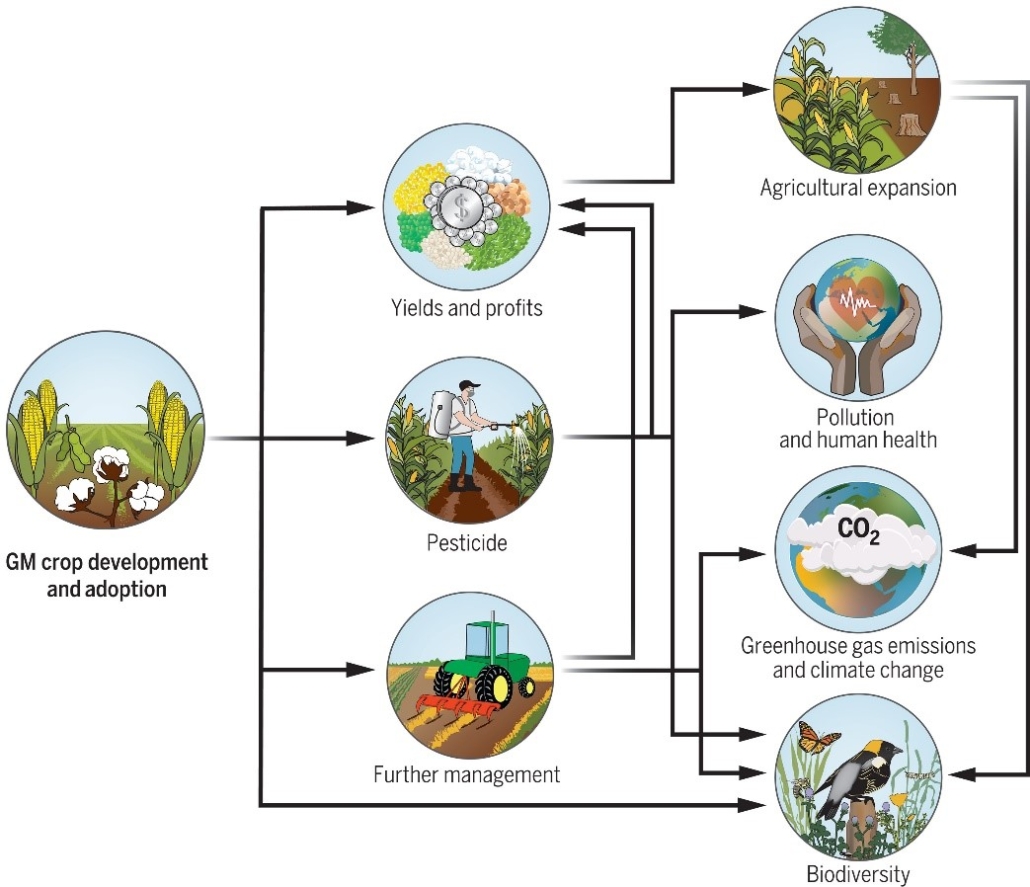
Review: Genetically modified crops and their multifaceted impact on the environment
Plant Science Research WeeklyThe development of genetically modified (GM) crops aims to improve agricultural yields in the field. However, their incorporation into agricultural systems is complex, as regulations and acceptance vary globally. While some countries embrace GM crops with herbicide and insect resistance traits, others…
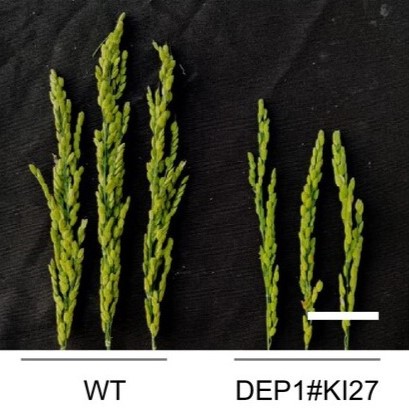
Gene knock-down using gene editing
Plant Science Research WeeklyAn efficient method of gene downregulation, where gene expression is reduced but not completely knocked out, is useful for crop improvement. Here, Shen et al. have developed a system to achieve this, by using CRISPR/Cas9 to insert an element containing a Kozak sequence and an ATG start codon just before…
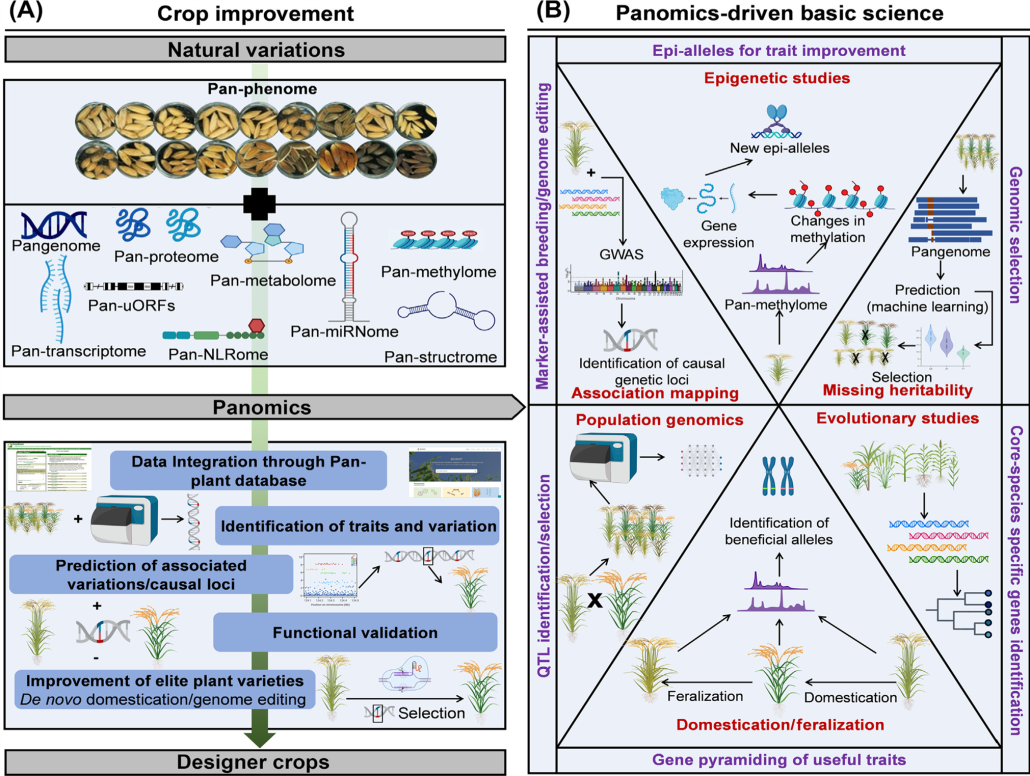
Review: The era of panomics-driven gene discovery in plants
Plant Science Research WeeklyPanomics, an approach integrating multiple ‘omics’ datasets such as genomics, transcriptomics, metabolomics, and phenomics, has seen rapid advancement in recent years due to technological improvements, particularly in genomics. This review focuses on the recent developments in panomics-driven gene…
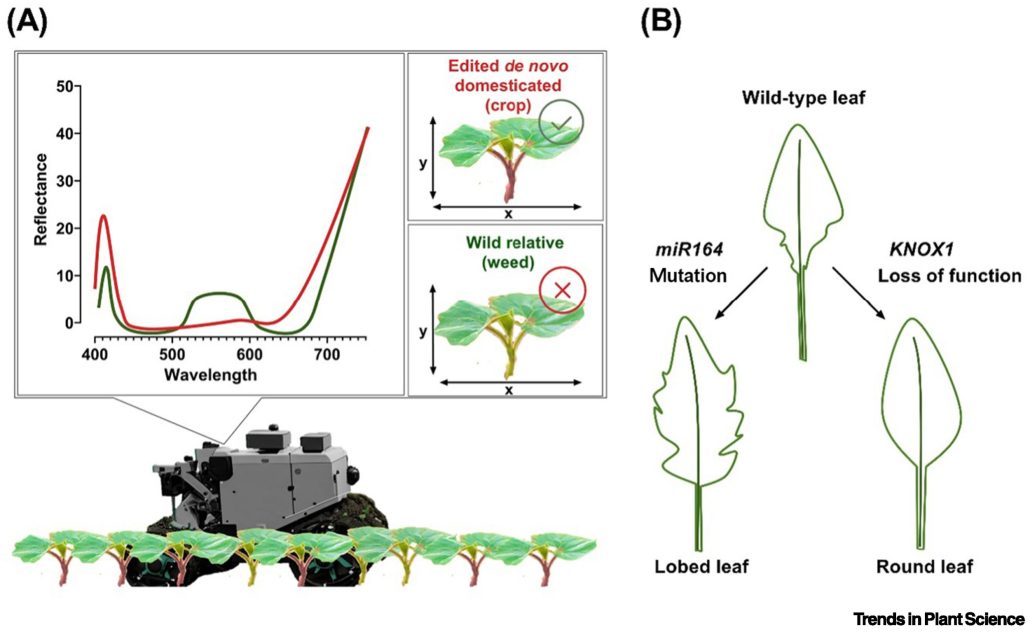
De novo domestication: What about the weedy relatives?
Plant Science Research WeeklyBecause much of the genetic diversity of our crops plants was lost during domestication, many breeding efforts endeavor to cross in resilience genes from wild relatives. An alternative approach is to rapidly domesticate those wild relatives themselves, for example by editing genes that affect flowering…

Triacylglycerol remodeling to synthesize unusual fatty acids in plants
Plant Science Research WeeklyPlant oils, composed of fatty acids, provide humans and animals with food, essential nutrients, chemicals, and biofuels. Plants accumulate over 450 “unusual” fatty acids, which could hold significant value if they achieve optimal production. Hydroxylated fatty acids (HFA) are unusual fatty acids…
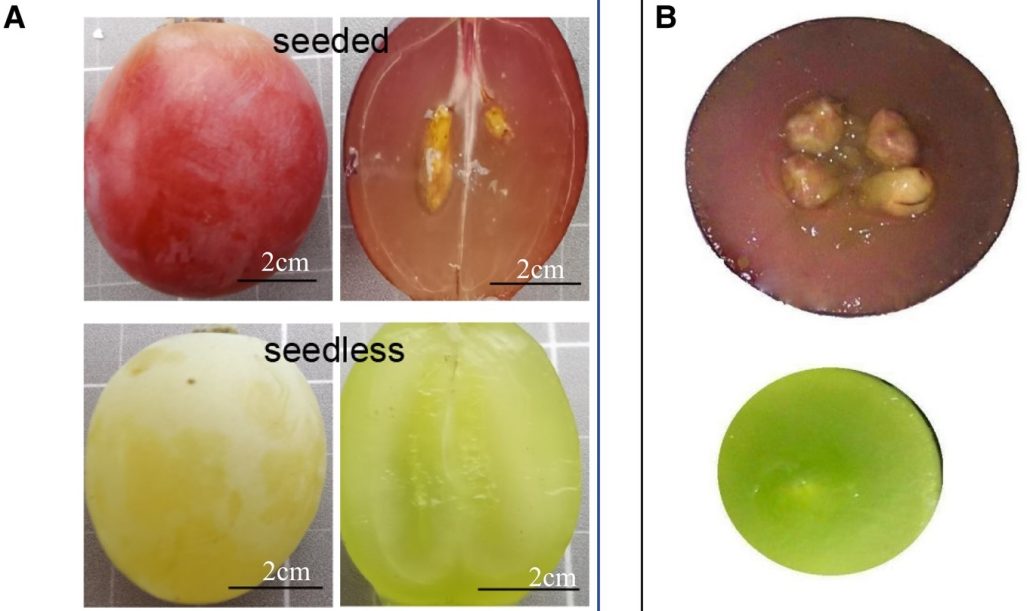
Antibody array-based proteome approach reveals proteins involved in grape seed development
Plant Science Research WeeklyGrape (Vitis vinifera) is a globally cultivated fruit for fresh or processed consumption, and seedless grapes are highly preferred for consumer convenience. In seedless grapes, fertilization occurs but the embryo subsequently aborts, although the molecular basis for this abortion is not understood. Zhang…
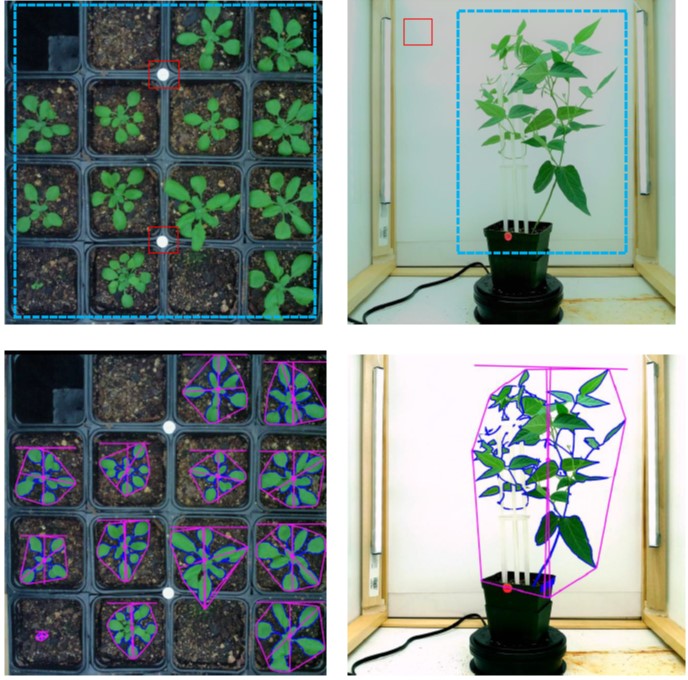
Development of a low-cost plant phenotyping facility
Plant Science Research WeeklyNew technologies, like personal computers or smart phones, often have limited adoption due to their high cost or requirement for advanced technological skills. Greater affordability and ease of use leads to greater adoption. Here, Yu, Sussman et al. describe the development of an affordable, portable…
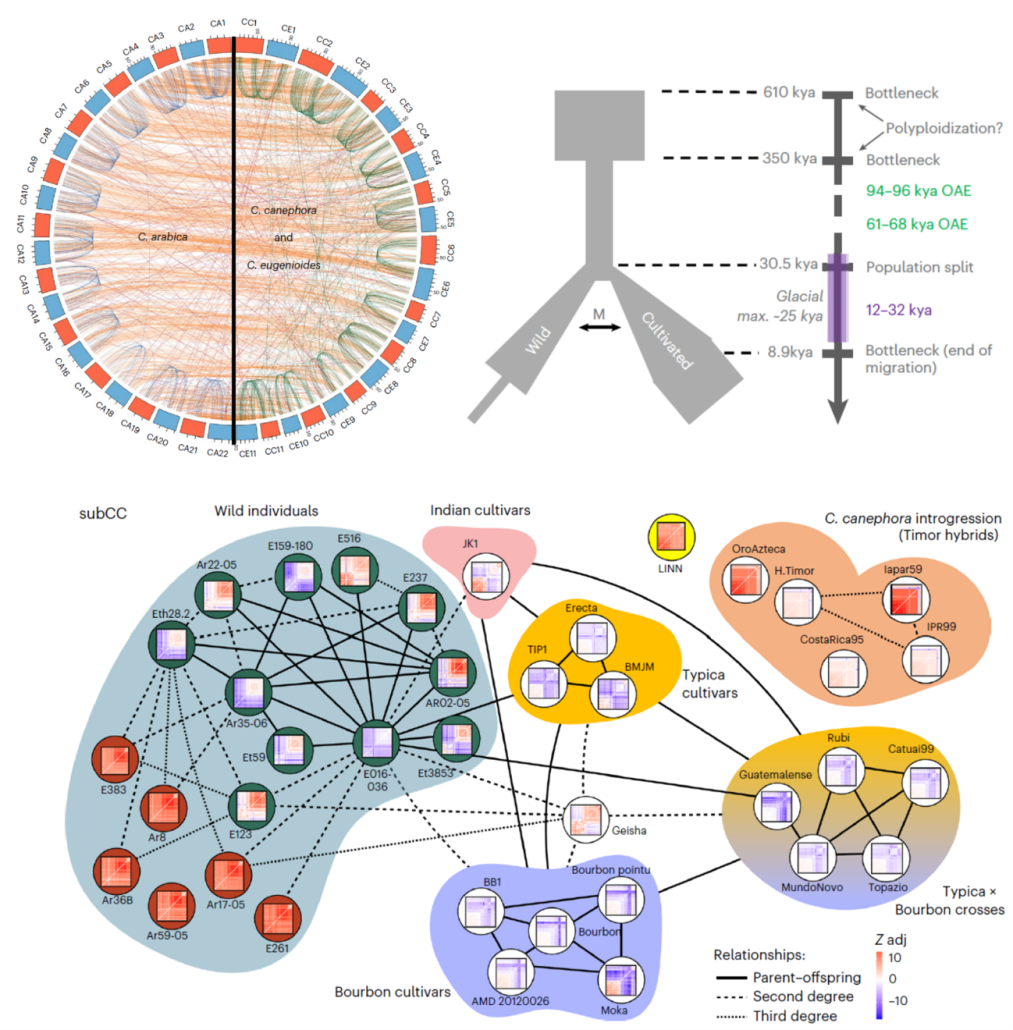
Genomics from bean to cup: New insights into the history of Arabica coffee diversification
Plant Science Research WeeklyAs one of the most traded commodities in the world, coffee has cultural and economic impact that spans continents. The main source of coffee beans, Coffea arabica (Arabica), is a polyploid species that resulted from the hybridization between diploid C. canephora (Robusta) and C. eugenioides (Eugenioides).…

